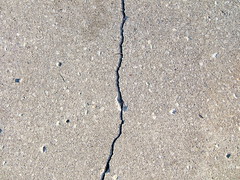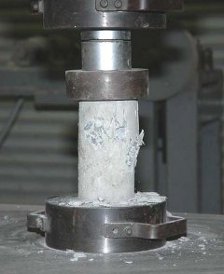TEDxDelft 2012 | Smart materials – Made in Delft!

We’ve introduced Erik Schlangen as Professor “Experimental Micromechanics”. But what does that really mean, and where does he wants the research of his group to result in? In his own words: he wants their inventions to show up when you Google for “future materials”.
Now let’s consider for example concrete. With very simple and archaic tests, such as the slump test and the compressive test, engineers derive the properties to build our skyscrapers and bridges.


Nowadays, the requirements for concrete are much more complicated though. We can add steel fibers for better performance, reduce the amount of cement for a greener concrete and add retarders and superplastifiers to increase the workability. In the end, we have much more ingredients than the original sand, cement, stones with some water to make it fluid. So how representative are the very basic experiments that we use to derive the properties? Erik and his team aim at finding a way to explain how the material fails.
To explain how complex materials such as the improved concrete fail, better measurement techniques and testing machines are necessary, as well as detailed material models to support these tests. But these techniques and models not only allow the researchers to better understand existing materials – they help them to go one step further and develop better materials.
Very flexible materials, green concrete containing wood fibers, and materials that can heal themselves show us a way into the future, in which we tailor our materials to fit our requirements “a la carte”. Concrete that closes its cracks by using bacteria, and asphalt with steelwool fibers have already been invented by Erik and his colleagues, and now they are studying, amongst others, the fracture properties of graphite as used for the cores in nuclear reactors, and the properties on the interface between the stones and the cement in concrete, two different parts which can come apart.
And what will the future bring? Future materials in Google? One thing is for sure: Erik’s cheerful approach to smart materials reminds us of the eager explorations of our younger selves. Never grow up…
You can view Erik’s presentation at Civil Engineering on his professorship at Collegerama

You must be logged in to post a comment.